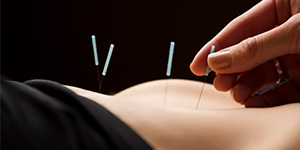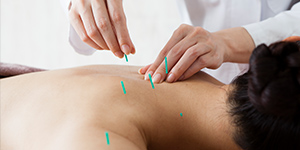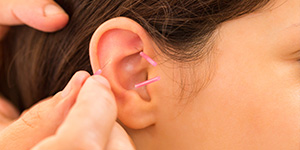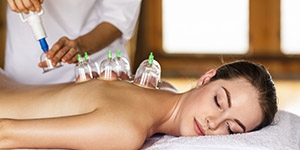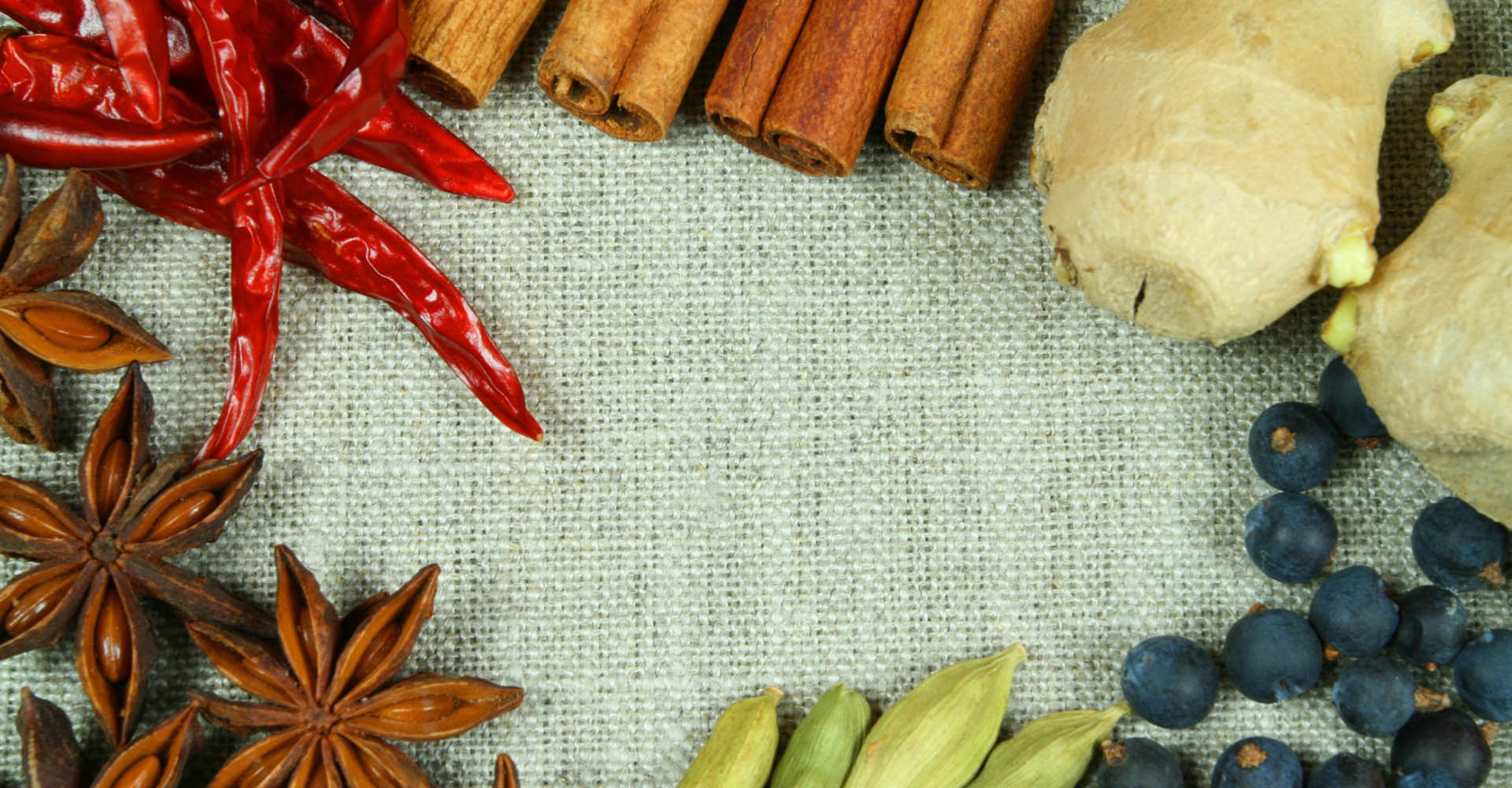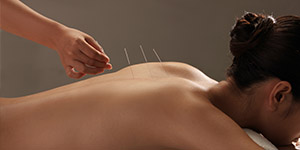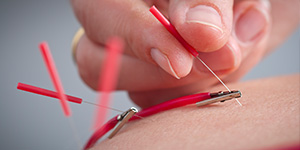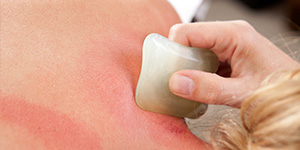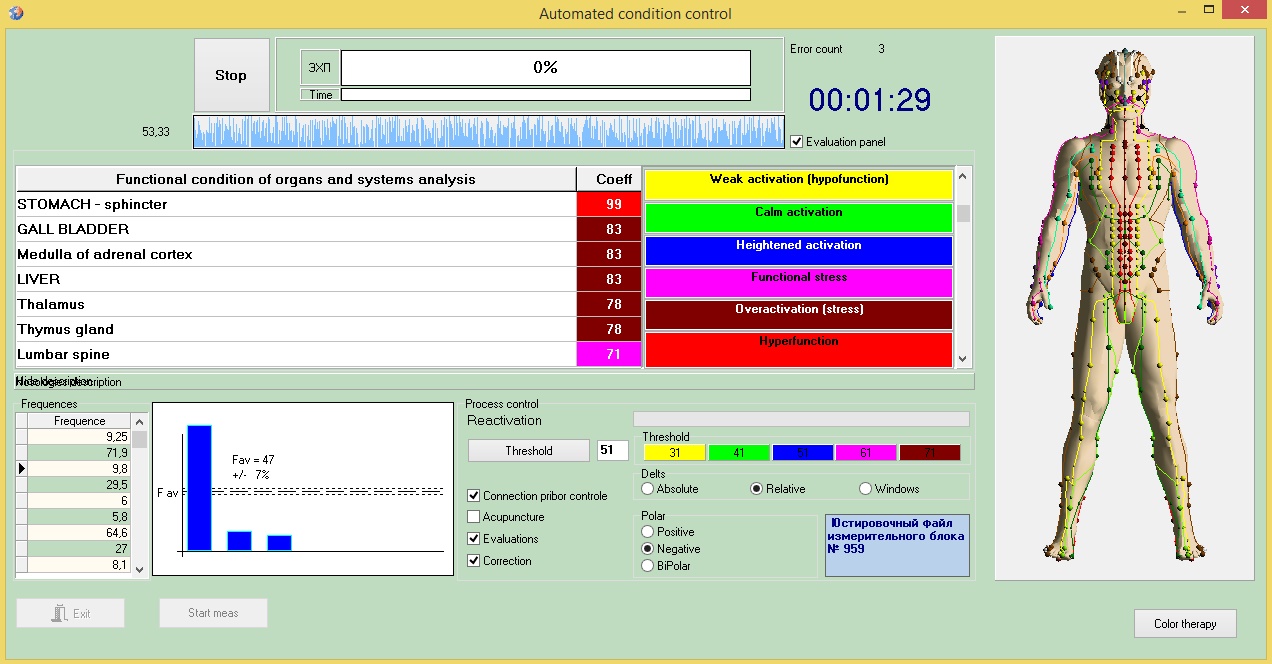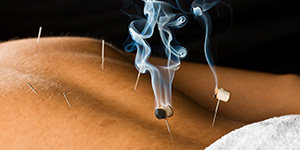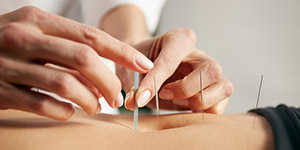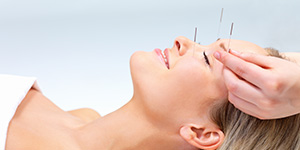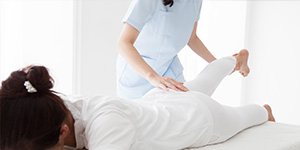Tuina (introduction)
Tuina is a form of Chinese physical therapy that manipulates soft tissue (e.g..: muscles, tendons, skin ligaments, etc.), which in some way is similar to physical manipulation or massage.
Tuina has similar theory basis and function as that of acupuncture, however, employs practitioner’s hands (just as acupuncturist uses needles) to stimulate channels and acupuncture points
* likewise Tuina is performed on (sensitive to pressure) trigger points, called Ashi points.
Tuina practitioners will use their fingers, thumb, fist, elbow and,in rare conditions,legs and torso to perform a particular manipulation while the contact with the patients body is usually.
Tuina and can be used alone or in conjunction with other TCM therapies: acupuncture, moxibustion, cupping, etc.
About 100 manipulations have been invented in the history of Tuina, eachis characterized by its own duration, evenness, forcefulness, softness, depth and thoroughness.
Depending on desired therapeutic effect, the manipulation of theacupuncture pointsand the meridians involves various techniques such as grasping, pushing, rolling, kneading, shaking, pressing, one finger pushing, circular andstraight rubbing, and many other.
Being a hands-on adjuvant to acupuncture treatment, Tuina is usually performed right following the needling treatment, thus aiding to restore the flow of Qiand Blood into affected tissue.
Tuina effects:
* Regulates, balances and restores the circulation of Qi and Blood to/ from the tissues,
* Eliminates pathogenic Qi ( e.g. Cold, Dampness, Qi and Blood Stasis → helps to relieve pain, eliminate, * tingling/numbness, etc.),
* Relaxes muscles and joints,
* Strengthens the immune system,
* Warms up the meridians.
Tuina indications
* Disorders of musculoskeletal system,
* Internal organ disorders,
* Prevention of injury and illness.
Treatment frequency
Depending on the affected organ/ tissue and the intensity of the disorder:
Acute cases → 3 times a weak,
* (muscles and joints need “resting time”, especially for strong pain like cervical spondylosisex acupunctureis OK to use every day,
Chronic cases → once a week.
Contraindications
Acute stage of infectious diseases e.g. hepatitis., high fever,
Malignant tumors,
Acuteinjury, fracture, open wound,
Localskin problems: eczema, fungal infection, etc.,
Hemophilia,
Osteoporosis,
Women who are pregnant should notreceive treatment on the stomach, abdomen or lower back,
During menstrual period Tuina can be performed (with caution) on the stomach and lower back,
Severemental disorders.
Patients should not be hungry oreaten substantial mealprior toor following thetreatment.
Alcohol cannot be consumed prior to and after the treatment.

